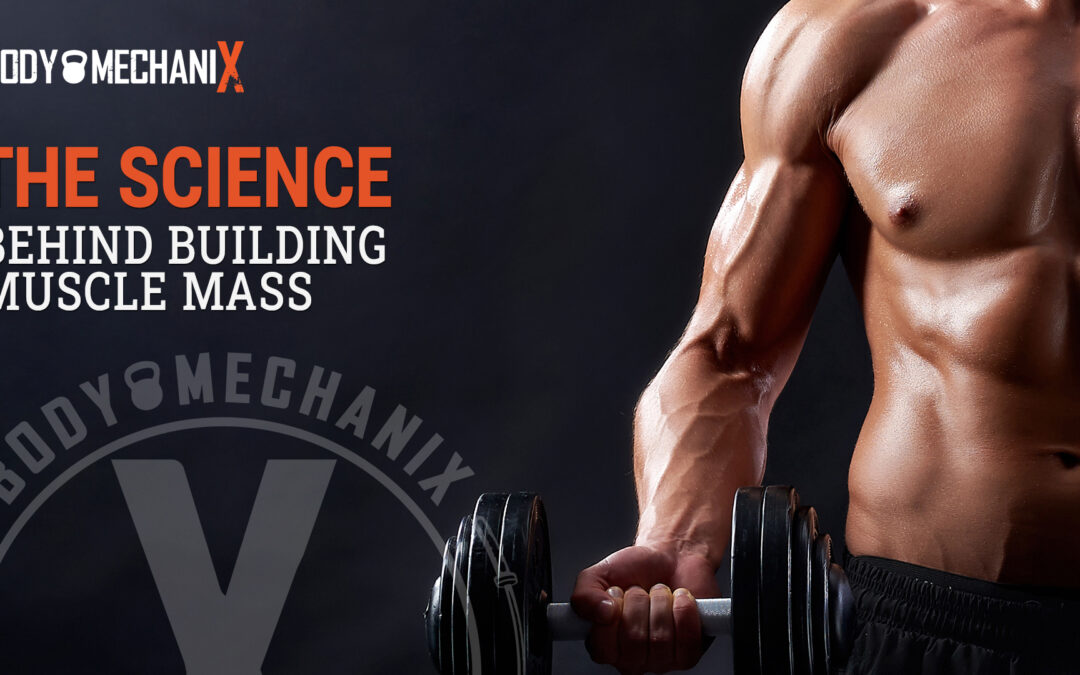The Science Behind Building Muscle Mass
Building muscle mass is a common fitness goal for many individuals, whether they’re looking to gain strength, improve their physique, or enhance overall health. While hitting the gym and lifting weights may seem straightforward, there’s a complex scientific process behind the development of muscle tissue. In this blog, we’ll delve into the science behind building muscle mass, shedding light on the intricate mechanisms that drive muscle growth.
Muscle Anatomy:
Before diving into the science of muscle growth, it’s essential to understand the basic anatomy of muscles. Muscles are composed of muscle fibers, which are further made up of myofibrils. Myofibrils contain the contractile units of muscles called sarcomeres. When muscles contract, sarcomeres shorten, resulting in muscle contraction and movement.
The Role of Resistance Training:
Resistance training, such as weightlifting or bodyweight exercises, is the primary stimulus for muscle growth. When you engage in resistance training, you create micro-tears in your muscle fibers. These micro-tears are essential triggers for muscle growth.
Muscle Protein Synthesis:
Muscle protein synthesis (MPS) is the process by which your body repairs and rebuilds muscle fibers after exercise-induced damage. Resistance training stimulates MPS, leading to the creation of new muscle proteins and muscle fiber growth. Protein consumption, especially after workouts, is crucial for supporting this process.
Hormonal Factors:
Several hormones play a vital role in muscle growth. Testosterone and growth hormone, in particular, are critical for muscle protein synthesis. Resistance training and adequate nutrition can help optimize hormone levels for muscle development.
Nutrition and Muscle Growth:
Proper nutrition is fundamental to building muscle mass. Key nutrients for muscle growth include:
Protein: Protein provides the essential amino acids needed for muscle repair and growth. Consuming an adequate amount of protein is crucial for maximizing muscle protein synthesis.
Calories: To build muscle, you need to be in a caloric surplus, meaning you consume more calories than you burn. This surplus provides the energy required for muscle repair and growth.
Carbohydrates: Carbohydrates replenish glycogen stores in muscles, providing energy for workouts and supporting recovery.
Fats: Healthy fats play a role in hormone production, including testosterone, which can influence muscle growth.
Micronutrients: Vitamins and minerals, such as vitamin D, calcium, and magnesium, are essential for muscle function and overall health.
Rest and Recovery:
Muscle growth doesn’t happen during exercise; it occurs during rest and recovery. Adequate sleep, rest days between workouts, and managing stress are crucial for optimal muscle recovery and growth.
Progressive Overload:
To continue building muscle, you must progressively increase the resistance or intensity of your workouts over time. This principle of progressive overload ensures that your muscles are constantly challenged and stimulated to grow.
Genetic Factors:
It’s important to note that genetic factors can influence how easily individuals gain muscle. Some people may naturally have a higher potential for muscle growth than others. However, everyone can make progress with the right training and nutrition plan.
Building muscle mass is a complex process rooted in the science of muscle biology, resistance training, nutrition, and recovery. By understanding the mechanisms behind muscle growth, you can tailor your fitness and nutrition strategies to maximize your gains. Consistency, proper training techniques, and a well-balanced diet are essential elements in your journey to achieving your muscle-building goals.

